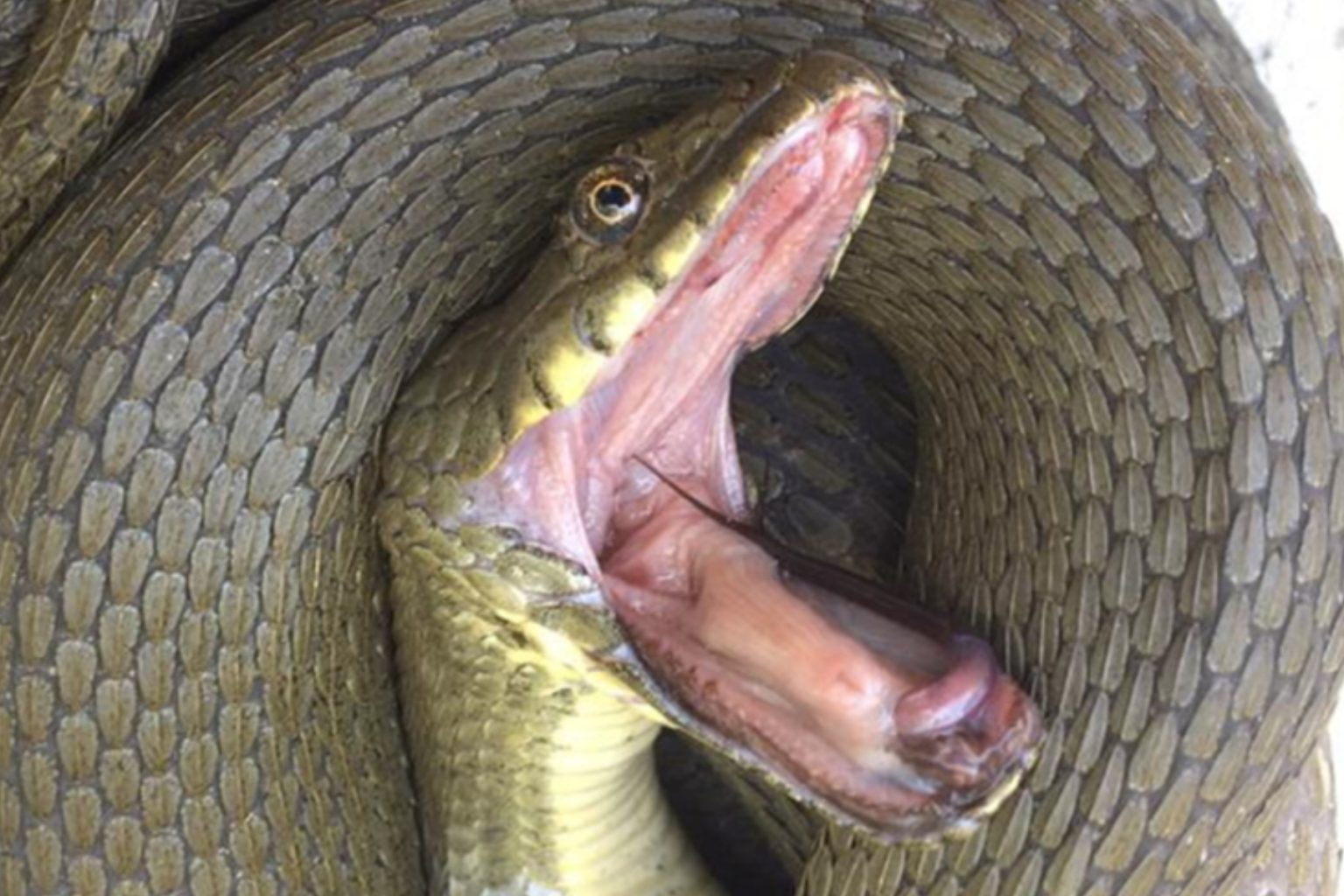A species of snake known as the dice snake has been observed using the tactic of faking its own death to evade predators. This deceptive behavior involves lying still, with some snakes taking it a step further by defecating, leaking blood from their mouths, and releasing a foul-smelling musk from their butts. Research published in the journal Biology Letters found that these dramatic displays allow the snakes to spend less time faking their own deaths compared to those that do not use body fluids, suggesting that these tactics may be more effective at deterring predators.
Playing dead, or feigning death, is a common defensive strategy used by various species to avoid being eaten by predators. By appearing dead, prey animals may make themselves less attractive to predators who prefer live prey or may be momentarily distracted, allowing the prey to escape. Dice snakes, which are non-venomous snakes native to Europe and parts of Asia, have been observed using this strategy in the wild. Some dice snakes simply lie still when threatened, while others go to more extreme lengths by incorporating blood and feces into their performance to make the deception more convincing.
Research on dice snakes revealed that some individuals engage in additional behaviors such as oozing blood from their mouths and coating themselves in feces during the act of playing dead. These behaviors were found to be effective at reducing the time spent in the death-feigning display, suggesting that they work synergistically to deter predators. The researchers noted that these actions may exploit predators’ aversion to sick or dead prey, making the dice snakes less appealing as a potential meal.
The study emphasizes the importance of studying the sequential display of behaviors in predator-prey interactions to better understand the functional integration of antipredator tactics. By observing and documenting the various behaviors exhibited by dice snakes during death-feigning displays, the researchers were able to identify patterns and correlations that suggest a strategic approach to avoiding predation. Further research is needed to explore how these behaviors work in concert to maximize the snakes’ chances of survival in the face of danger.
The findings of this study shed light on the complex and adaptive behaviors of dice snakes when faced with threats from predators. By showcasing the diverse tactics employed by these snakes, the research highlights the importance of understanding how animals adapt to survive in their environments. The use of blood and feces as part of the death-feigning display demonstrates the lengths to which prey animals will go to outsmart their predators and increase their chances of survival in the wild.
Overall, the study on dice snakes provides valuable insights into the role of deceptive behaviors in predator-prey interactions and the adaptive strategies employed by prey animals to avoid being eaten. By examining the nuanced behaviors and tactics used by these snakes, researchers can gain a better understanding of the challenges faced by prey animals in the natural world and the creative ways in which they have evolved to protect themselves from predators.


